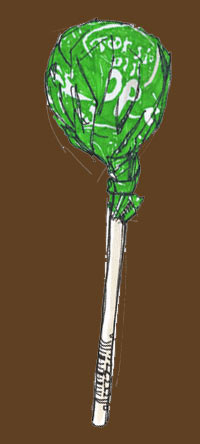Poisoned Candy Myths
The poisoned candy myths are urban legends that malevolent individuals could hide razor blades, needles, drugs, or poison in candy and distribute the candy in order to harm random children, especially during Halloween trick-or-treating. Only one incident of deliberate Halloween candy poisoning has been recorded; a father poisoned candy to murder his own child.
The first event took place in 1964, where an annoyed Long Island, New York housewife started giving out packages of inedible objects to children whom she believed were too old to be trick-or-treating. The packages contained items such as steel wool, dog biscuits, and ant buttons (which were clearly labeled with the word "poison"). Though nobody was injured, she was prosecuted and pleaded guilty to endangering children. The same year saw reports of lye-filled bubble gum being handed out in Detroit and rat poison being given in Philadelphia.
The second milestone in the spread of the candy tampering myths was an article published in the New York Times in 1970. This article claimed that "Those Halloween goodies that children collect this weekend on their rounds of 'trick or treating' may bring them more horror than happiness", and provided specific examples of potential tamperings.
In 2008, candy was found with metal shavings and metal blades embedded in it. The candy was Pokemon Valentine's Day lollipops purchased from a Dollar General store in Polk County, Florida. The candy was determined to have been manufactured in China and not tampered with within the United States. The lollipops were pulled from the shelves after a mother reported a blade in her child's lollipop and after several more lollipops with metal shavings in them were confiscated from a local elementary school.
Despite the falsity of these claims the news media promoted the story continuously throughout the 1980s, with local news stations featuring frequent coverage. During this time cases of poisoning were repeatedly reported based on unsubstantiated claims or before a full investigation could be completed and often never followed up on. This one sided coverage contributed to the overall panic and caused rival media outlets to issue reports of candy tampering as well.
